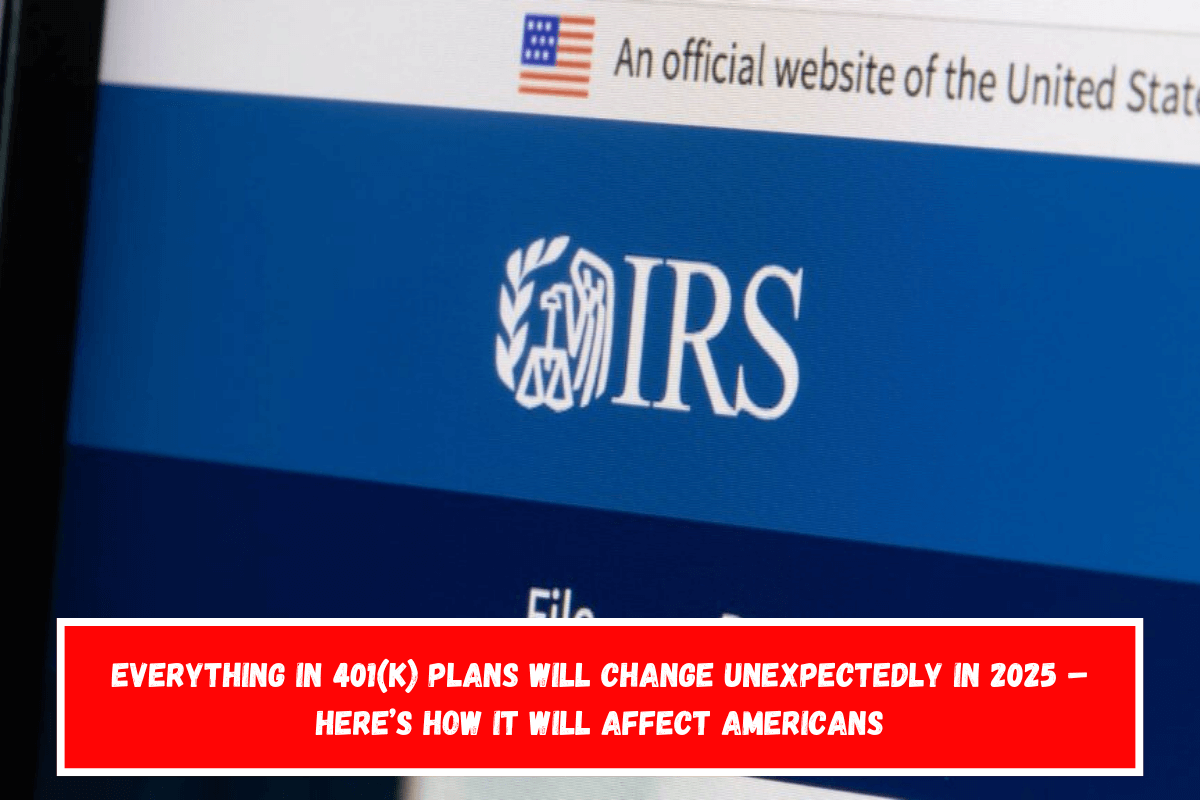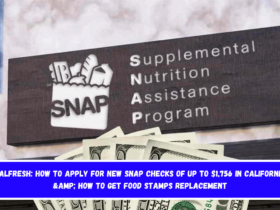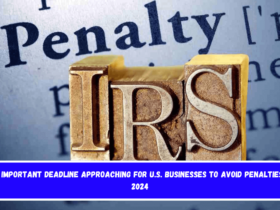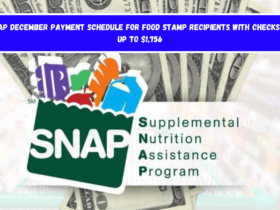There are many things to think about when you want to save for the future, but the changes to the law that affect 401(k) plans, which are one of the most popular ways to save, may be the most important.
Congress passed a law in 2022 to help Americans save more. The law included a number of different steps, such as making it easier to join a retirement plan, raising the limits on how much you can contribute, and more.
It was added to the 2019 SECURE (Setting Every Community Up for Retirement Enhancement Act) law and became law in 2023. It is called the SECURE 2.0 Act. While most of the measures have been put in place, some changes won’t take effect until 2027. However, many of the provisions will go into action before then.
2025 SECURE 2.0 Act 401(k) Plan Changes
1. Automatic Enrollment for New 401(k) Plans
This is likely one of the most important changes you can make to save more for retirement. Before the change, workers had to ask to join the 401(k) plan offered by their employer. This means that a lot of people skipped the step or waited too long to sign up, which cost them months of payouts.
Now, all new 401(k) plans must immediately sign up eligible workers unless they choose not to. Small businesses with less than 10 workers, businesses that are less than three years old, churches, and the government are exempt from this rule. Everyone else, though, will have to follow it.
Your employer will also decide how much you pay to the plan, unless you want to choose your own rate. Vestwell, a digital savings platform, says that the most common initial contribution rate is 6% of your salary. Other rates run from 3% to 10% of your salary.
Once you join the plan, your initial contribution rate will go up by 1% every year until it hits the maximum amount set by your employer. You can choose not to participate in this measure. The highest amount that can be put in is 10% or 15%, based on the employer.

2. Quicker Eligibility for Part-Time Workers
Some employees forgot to join their company’s 401(k) plans because they are not automatically qualified when they are hired. To get into an employer’s 401(k) plan right now, you have to work 1,000 hours in a year or 500 hours in three straight years. Thanks to the Secure Act 2.0, the time will go down, and starting next year, it will go down for two years in a row. This will help part-time workers get there faster.
Remember that the most you can put into the plan stays the same no matter how many 401(k) company plans you are in. If you have more than one job and more than one plan, you will need to divide the maximum amount you can put into each plan.
3. Higher Catch-Up Contributions for Older Workers
A lot of older people aren’t saving enough for retirement, so this new law aims to get people closer to retirement to start saving more. An AARP poll found that 61% of people aged 50 and up don’t think they will have enough saved to cover their spending in retirement. Really, 20% of them haven’t even begun to save yet.
With the SECURE Act 2.0, the contribution limit is raised to give them a better chance to make up. For people 50 and older, the most they can put into a 401(k) in 2024 is $7,500. In 2025, this amount will go up even more for people 60 to 63.
The maximum amount that can be saved through catch-up contributions will go up to $10,000, which is 50% more than the current maximum. After 2025, the maximum amount will be changed for inflation so that costs keep going up.
Also See:- Total change in IRA as of this date – It is now official















Leave a Reply